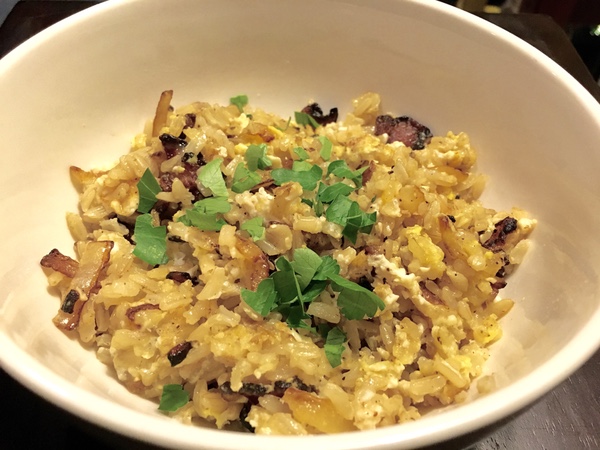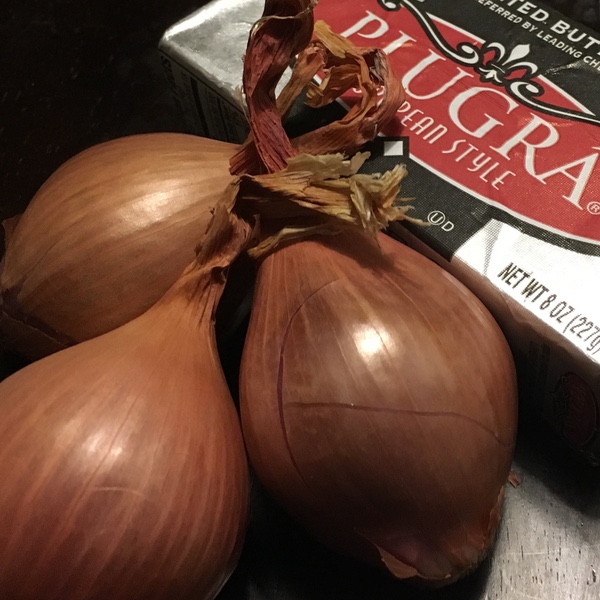Cooking, vaccuming, watering plants…why do I spend so much time and attention on home management tasks? I do it so I can forget about it.
Last year we were so busy, we got nothing done. This year, we laid out a plan to guide us through the year. I found a tremendous amount of help and inspiration for this from a book called “Deep Work”, written by Georgetown computer science professor Cal Newport.
The Concept
“Deep work” is a concept that Newport has been developing on his blog for the past few years.
In January, he published a book of the same title. In it, he first describes exactly what he means by “deep work” and its value in today’s society. He then lays down a set of rules to help you design your circumstances to accomplish this work.
Needless to say, I find great value in the concepts and guidelines he has developed.
Deep versus Shallow
Fundamentally, deep work is “the ability to focus without distraction on a cognitively demanding task”. It is set in contrast to “shallow work”.
Shallow work is busy work. It is the type of work you do when you are on the phone with many different people throughout the day. When you zip through a list of things, doing the same thing for each item on the list, you are doing shallow work.
Shallow work is easy to dip into for a while, take a break, then pick up where you left off. You are probably quite familiar with shallow work. It is prevalent in today’s world.
Going Deep
To accomplish larger, more meaningful tasks of higher quality requires work of a different sort.
Carl Jung revolutionized the field of psychology by building a personal retreat in the woods where he would go to think about the problems he was trying to solve. Cal Newport characterizes the work Jung did there as the deep work described in his own philosophy.
Newport presents other accomplished figures — famous like Mark Twain and lesser known like the blacksmith Rick Furrer from Wisconson — who also practiced or practices what he calls deep work. He finds the common thread in how these individuals are able to reach noteworthy success in their respective fields.
That thread is deep work – the ability to focus and concentrate for extended periods of time. Its principle is that these periods of concentration are necessary for achieving the breakthroughs that comprise extraordinary work.
You accomplish more in one five-hour session than in five one-hour sessions. Interruptions kill your momentum and cause you to start over from the beginning.
“The mind is a locomotive. It requires time for getting under headway. …Prolonged thinking leads to profound thinking.” – Charles Franklin Thwing
How to Go Deep
Getting these chunks of time is a task in and of itself. Newport outlines several different philosophies you can use for finding these chunks in your own life. The last two-thirds of his book contains rules you can use to help you find them.
But getting the time is only part of the battle. The ability to use that time wisely, once found, is also critical. For this, Newport also provides tools and guidance.
These tools and rules are what separate “Deep Work” from other business productivity books. The rules are practical and useful. The advice is actionable and well-examined. Two months into the year, and I’m already seeing results from the practices I’ve put into place. My results will only get better as I get better at implementing them.
I can’t recommend this book enough.
Back to the Home
This of course leads us back to my home, my plants, and my kitchen.
In the exercise of finding, scheduling, and using deep work time in my own life, I have had to examine all the other parts of my “busy” schedule. In the process, I’ve re-purposed many tools I normally use for my “working life” and deployed them into my home. This has made managing my home life more efficient, which in turn has given me the time to go deep.
Mundane and repetitive chores can take over your schedule if you let them. I choose to take charge, put these menial tasks in their place, and forget about them. This leaves me with not just more time, but higher quality time to do the work that is important to me.


